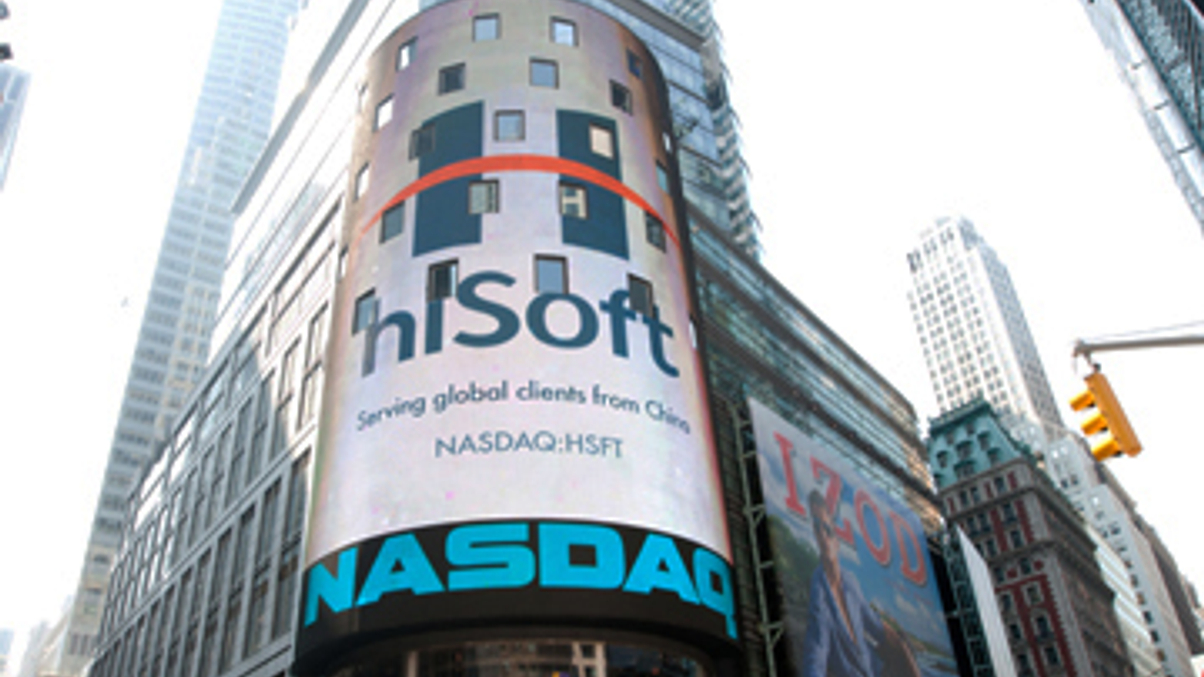IPO shutdown forces PE firms to seek new exits
Sponsors in Asia will have to come up with more innovative ways to exit investments if they want to attract investors' capital to the region, industry players agree.

Confronted by a near-shutdown in IPO markets, private equity firms are having to source other investments with better exit prospects, with secondary market buy-outs and dividend recapitalisations tipped as key options.
Sign In to Your Account
Access Exclusive AsianInvestor Content!
Please sign in to your subscription to unlock full access to our premium AI resources.
Free Registration & 7-Day Trial
Register now to enjoy a 7-day free trial—no registration fees required. Click the link to get started.
Note: This free trial is a one-time offer.
¬ Haymarket Media Limited. All rights reserved.


